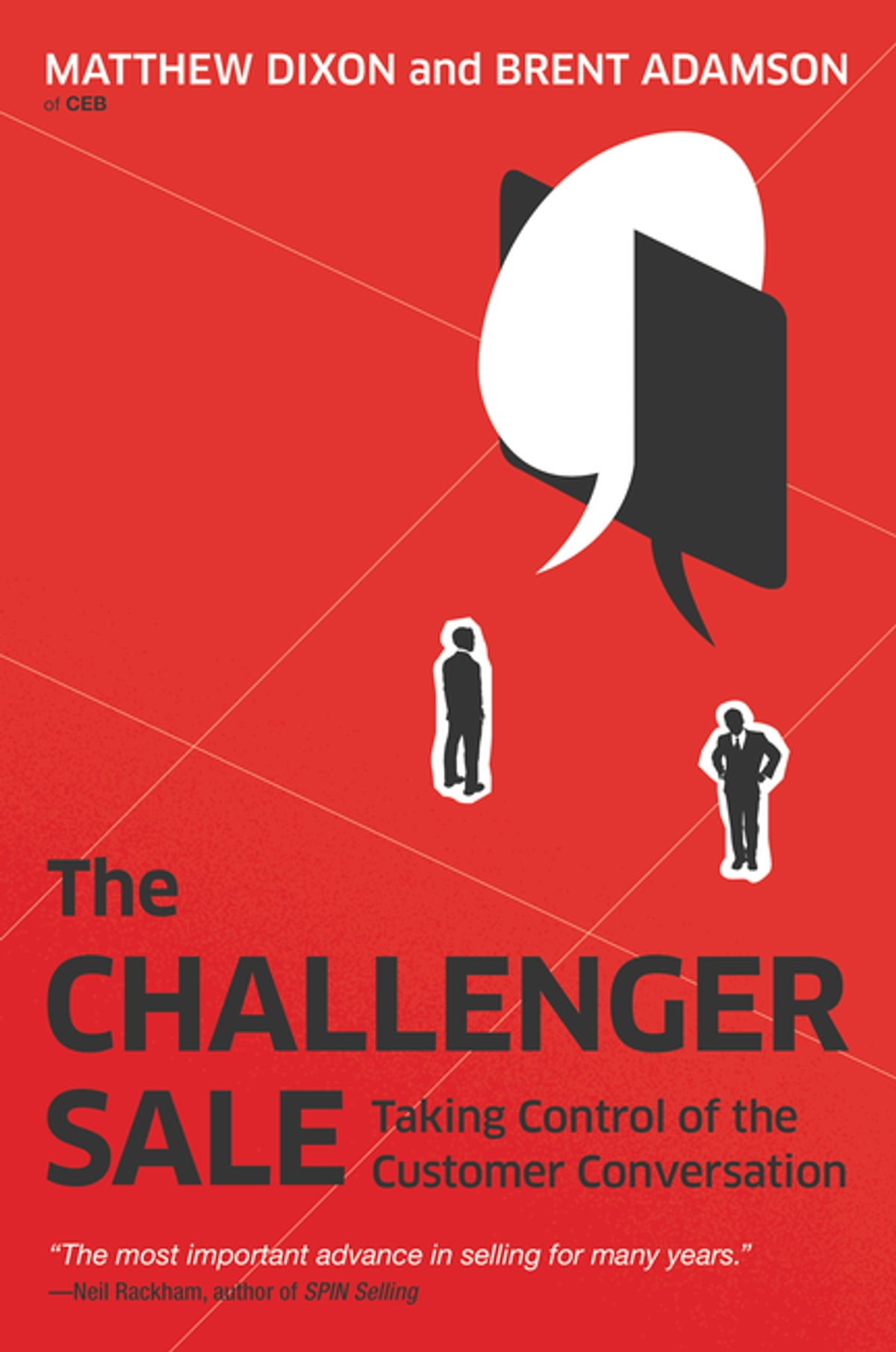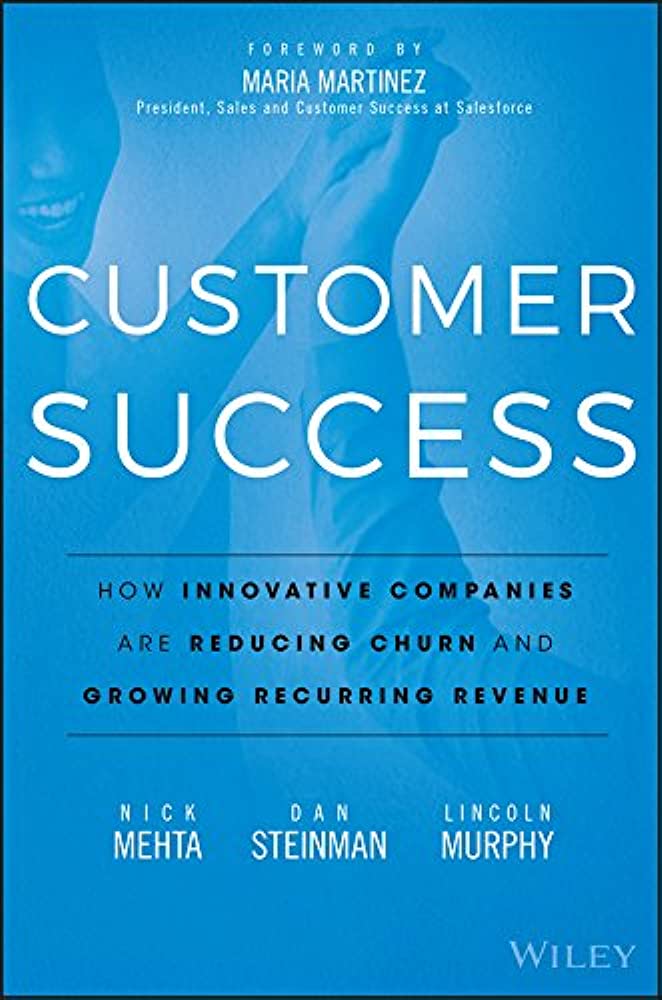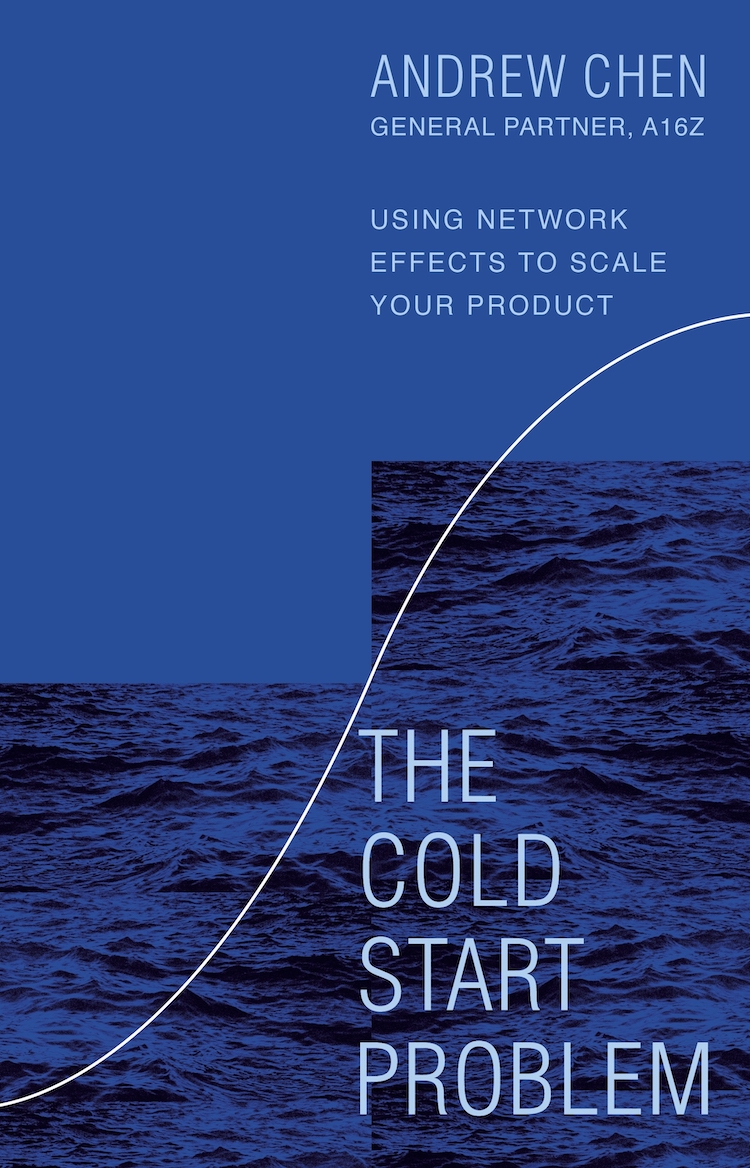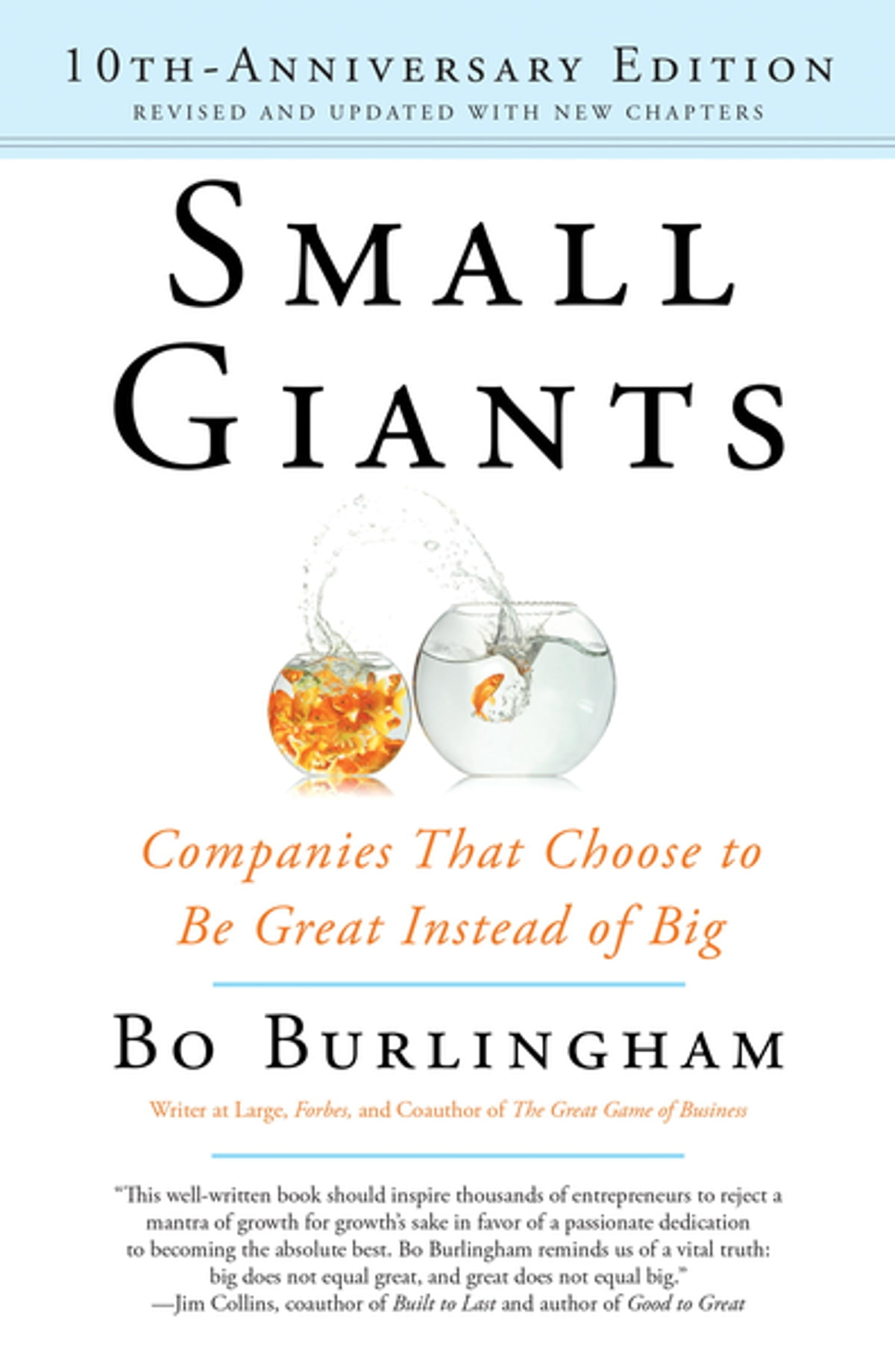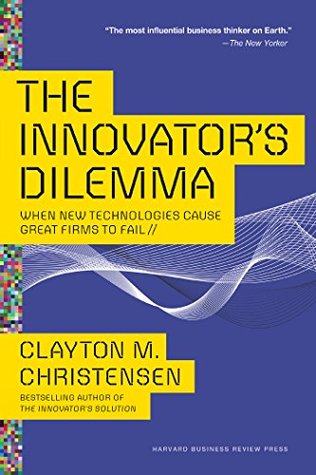The Future Is Faster Than You Think
by Peter Diamandis & Steven Kotler
- Business
- Ashto =
- Jonesy =
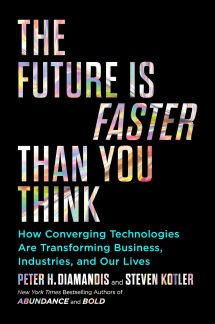
There is nothing more soul sucking than sitting in bumper to bumper traffic. I thought Melbourne was copping it pretty bad, but Los Angeles takes first prize in the unenviable stat of ‘the most gridlocked metropolis in the world’. Every year, they spend the equivalent of two and a half working weeks just sitting in traffic..
But help is on its way. Uber’s mission is to solve human mobility. And to do this, they’re looking at introducing a new form of transportation to the world: aerial ridesharing. They’re goal is to have it operational in many cities around the world by 2025, not too far away.
At the moment, cost is the biggest barrier. Like in any innovation, a good idea can be a good idea, but until it is financially viable it will be stuck as just that: an idea. Thankfully for car drivers everywhere, the cost of personal aerial transportation is headed in the right direction. If you look at the marginal cost of car ownership, it is 59 cents per passenger mile. This cost includes everything: the cost of the vehicle, registration, insurance, maintenance, fuel, wear and tear, and so on. For a helicopter, it’s $8.93 per mile. Clearly that’s not viable for blokes like Ashto and I – we’ll stick to our cars. But Uber is creating new eVOLTS: Electric Vertical Takeoff And Landing Vehicles. They’ve projected that within the next few years, they’ll have the marginal cost of ownership for flying cars at 44 cents. That’s cheaper than the cost of driving! One the cost becomes a no brainer, Uber hopes that flying cars will replace those ancient things with four wheels we’re still using today.
Humans have been dreaming a long time about flying vehicles. In a famous IBM commercial, Avery Books asked “it’s the year 2000, but where are the flying cars?… I don’t see them! Why!”. Peter Thiel quips “we wanted flying cars and we got 140 characters”
The wait could finally be over. It looks like flying cars are just around the corner. And all sorts of pie-in-the-sky innovations are following just behind it. Which brings us to the question: Why now?
Converging Technology
In 1965, Intel’s founder Gordon Moore noticed that the integrated circuit had been doubling every 18 months. This meant that every year and a half, computers were twice as powerful but the cost remained the same. “Moore’s Law” drove the supercomputer of the 1970s to be a thousand times smaller, a thousand times cheaper and a thousand times smaller until it became the smartphone you’re carrying around in your pocket today.
Today there are many exponential technologies on similar trajectories. They’re happening simultaneously, and they’re converging. These technologies are overlapping like waves, stacking on top of each other to produce an unprecedented tsunami of innovation, threatening to wipe out the “normal” way we do things today. These converging technologies are creating Blue Oceans at an unprecedented scale. If you can get some of these to work together, you’ll no longer be trying to slit your competitors’ throats, you’ll be smooth sailing with your unique innovation.
Artificial Intelligence
Innovations of AI are also on an exponential trajectory. In 1995, AI could read Zip Codes. Whoopdidoo.
By 2011, it could read 43 different types of traffic signals with 99.46% accuracy. By 2012, AI outperformed humans by classifying thousands of different images, distinguishing things like cats from birds. And today? It can pick you out in a crowd, read your lips and other biomarkers to figure out how you’re feeling. If you mix AI with drone technology, you have a robot that can follow a human sprinting through a dense forest (Black Mirror starting to feel a little too real?).
Robotics
In 2016, Boston Dynamics released a robot called Atlas. It could hike through slick snowy woods like Rambo or stack boxes in a warehouse, like Rambo. A human smacked it over the legs with a stick, and then it regained balance. Lucky for the construction worker, today’s Robots don’t hold a grudge (yet).
The revolution in robotics has vast economic consequences. The UR3 Cobot robot from a Danish manufacturer is $23,000, roughly the same annual wage of a factory worker. This robot doesn’t get tired, take a whiz, complain about minimum wage or go on vacation. It can in fact work 24/7! Plus, you only have to pay for it once, rather than every single year. Do you still think your job is safe?
Virtual Reality & Augmented Reality
When I (Jonesy) was younger I used to dream I could fly. I’d take 20 steps and jump in the air, then in my mind I was flying all around the neighbourhood. Nothing was more exciting than those dreams – I looked forward to them every night. But then I woke up and was smacked in the face by reality. In the real world we’re limited by gravity and all laws of physics.
With virtual reality, we can rewrite all of the rules. It’s letting us digitize our experience into a computer generated world where the only limits are that of our imagination. I’m sure you don’t have to think too hard about what you might be able to do with this power – I know what the first thing that pops into my mind is…
3D Printing
The most expensive supply chain in the world is only 241 miles. It’s the resupply network from Mission Control on Earth to the International Space Station. The expense comes from weight. Every tiny little thing needs to beat the force of gravity to reach the astronauts hanging out in space. ‘Made In Space’ built the first 3D printer within the ISS. In 2018 when an astronaut broke his finger, they didn’t need to order the splint from Earth and wait a few months. All they needed to do was find ‘splint’ in the 3D printer’s archive and hit ‘Go’.
Today, we can print with hundreds of different materials in colour – metal, glass, plastic, leather, even chocolate. We can even print the expensive stuff like apartment complexes and jet engines. 3D printers are approaching the price point where everybody can have them. Currently they can be purchased for under US$1,000.
Materials Science and Nanotechnology
Thomas Edison famously had to find “10,000 ways that didn’t work” on his road to inventing the lightbulb. He spent over 14 months trialling over 1600 materials before landing on carbon coated cotton. His first light bulb lasted 14.5 hours. But if Edison was born today, it wouldn’t take 14 months. Modern engineers can skip the bench work and get simulations to do the heavy lifting, rather than manually trying out new materials.
By using AI to map millions of combinations of elements (hydrogen, lithium, carbon, etc) engineers can essentially play with the periodic table to generate properties that were previously unreachable. With nano technologies, windows can be self cleaning and generate electricity, or fabrics can iron themselves out.
The Drivers of Innovation
The pace of change is accelerating. All of the technologies previously explored are converging upon each other. The overlap threatens to wash away everything in its path and wipe out millions of jobs. Taking one step back, these are some of the underlying drivers that are allowing all of these technologies to be growing exponentially in this decade.
Saved Time
Prior to the internet, finding information was tedious (and that’s putting it lightly). In 2014, the University of Michigan compared the time it took to search the library for an answer for questions versus how long it took to ‘Google it’. They found that online enquiries took 7 minutes per answer, offline took 22 minutes. This means every time we look to Google to find an answer to something important, we are effectively saving 15 minutes. Doing the math, 3.5 billion search queries a day saves us 52.4 billion minutes a day. That is a lot of lifetimes saved. A that is a lot of time that has now been freed up that can be dedicated to working on inventions and innovations instead of flicking through pages in the library.
Availability of Capital
When Kennedy announced the Space Race, the 2.2% of GDP pumped into the Apollo program made it possible. The aerospace industry had its biggest era of innovation and took humans to the moon for the first time.
Nothing accelerates innovation more than money. More cash means more people experimenting with new projects, swinging for the hilts, more failures but ultimately more home runs. The unprecedented rise in the abundance of capital is making it easier for innovators to find funding than any other time in history.
More Genius
Srinivasa Ramanujan was an unlikely talent. Born in Madras, India in 1887, he got a lucky break when a few old British blokes discovered his intellect and brought him back with them to Cambridge University. Soon after, he became the youngest member in history to join the Royal Society. He was a genius: he contributed 3900 formulae to mathematics, many of the problems were thought to be unsolvable. Although you probably haven’t heard of this dude, the world would be a little worse off if it wasn’t for him.
Until recently, most geniuses were unable to contribute their talents. Gender, class and culture were serious barriers. If you weren’t born wealthy and male, the chances of you getting a decent education were slim. The fact that the great man Ramanujan was discovered was a bit of a fluke.
With the democratisation of education and the global reach of the internet, new geniuses from developing countries will have their opportunity to contribute to a better future.
Longer lives
Steve Jobs got a lot of stuff done before he died at the age of 56 years. He was just entering his prime in terms of his innovation potential to the planet. Imagine if he had another few decades to unleash new ideas previously unthought of?
In our later years we have the most knowledge and the greatest number of fruitful relationships. But old age takes us out of the game. Extending human life means increasing the number of years we’re operating at peak capacity and capable of making our greatest contribution to society. It’s the ability to chase our dreams for a much longer period of time
Two hundred thousand years ago, the average life span was 25 years. In the Middle Ages it crept up to 31. By the end of the 19th century it broke 40 for the first time. By 2000 we were hitting 76.
More money and more minds than ever before are focusing on anti ageing. Ray Kurzweil talks about ‘longevity escape velocity’, the point at which science can extend your life more than a year for every year that you are alive. Big Ray thinks it’s only 10-12 years away. Eventually we might be living centuries, not just decades.




